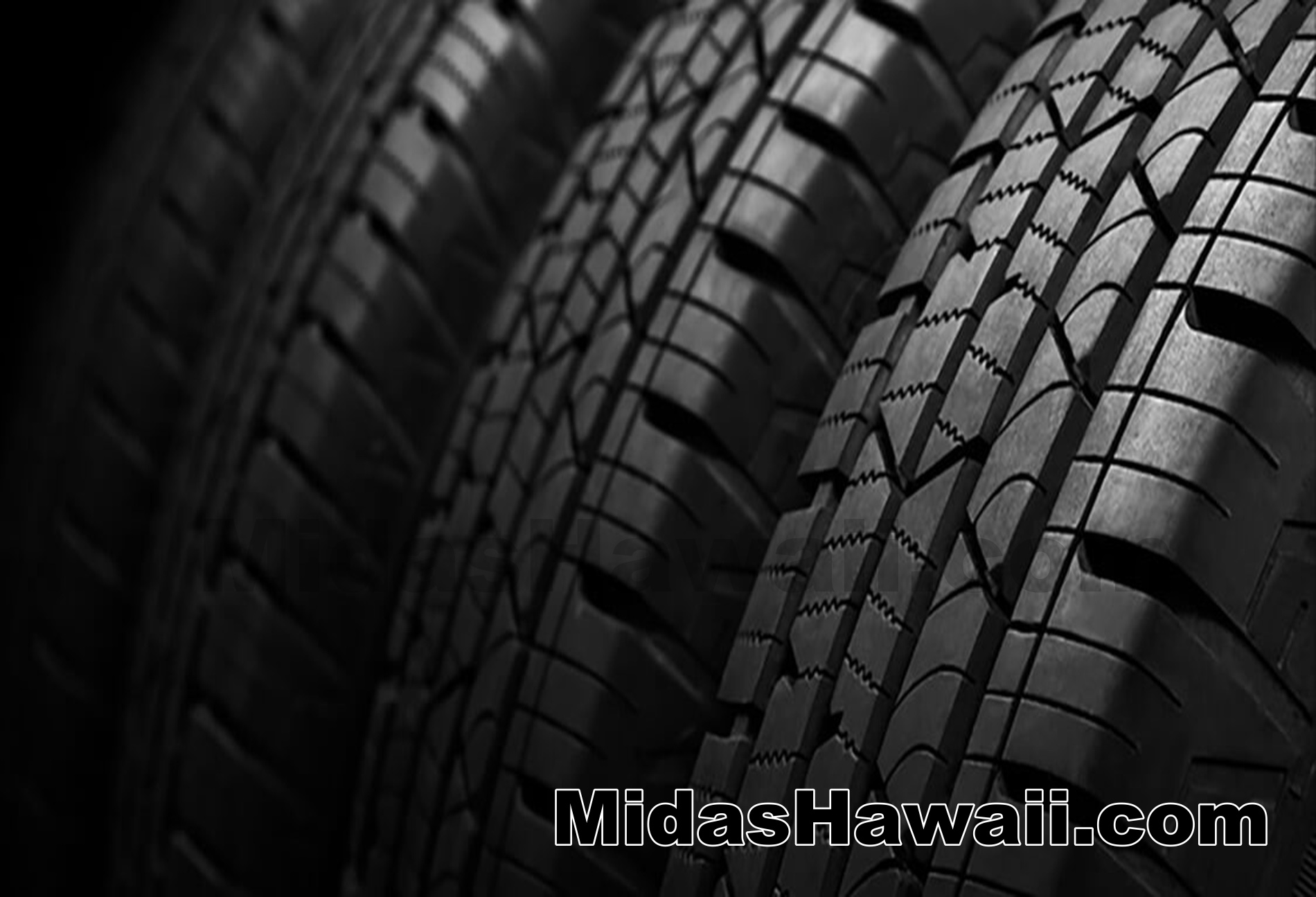Tire Pressure Check
- Tweet
Back to the top
FAQ LEGEND
Back to the top
Tire Pressure Check Questions
A. Don't you love driving on newly inflated tires? Doesn't it feel like your car just works better? It's not in your head. Properly inflated tires provide better shock absorption, traction, braking, and steering response. It's a difference you can feel.
But maintaining proper tire pressure gives you much more than the feeling of a comfortable, responsive car. It may just be your easiest way to maximize the safety and performance of your vehicle while minimizing its cost of ownership. Here's how:
- Safety: An under-inflated tire faces an increased blowout risk. Under low pressure, more of your tire comes into contact with the road, generating extra friction and heat. And the flatter shape of an under-inflated tire places extra strain on its rubber and metal components. A properly inflated tire is free of these particular stresses.
- Tire Longevity: Too much or too little tire pressure shortens tire life by causing uneven tread wear (not to mention wear on parts of the tire not designed for road contact). Proper tire pressure helps you avoid premature tire replacement.
- Fuel Efficiency: Proper tire pressure can boost fuel efficiency by as much as 3%. On average, drivers can save 2 cents a gallon, which adds up to $240 over 12,000 miles.1
That's why every Midas Touch Courtesy Check2 includes a tire pressure check.
1. Midas Touch Courtesy Check also includes visual checks of brakes, battery, air filter, fluids, belts, and hoses. ↩
A. A sticker showing your recommended tire pressure is usually found in the driver's door jamb (newer vehicles) or in the glove compartment. Your proper tire pressure will also be listed in your vehicle's owner's manual. Pay attention to the details: front, rear, and spare tires usually have different pressure targets, and some stickers provide hot and cold pressure targets. (In this context, "hot" refers to the temperature of the tire, not the weather. If you've been driving on it, the tire is hot.)
Never rely on any pressure markings you see on the tire itself -- this number represents the maximum pressure the tire can withstand.
A. Your tire pressure in cold weather should be monitored with extra vigilance. Cold weather itself decreases tire pressure by condensing the air inside your tires. Expect your tires to lose 1 PSI for every 10 degrees the temperature falls -- and vice versa. Your vehicle's sticker (in the driver's door jamb or glove box) or your owner's manual will specify your recommended tire pressure.
A. The specific PSI measurement that's considered low tire pressure depends on your vehicle, the tire (front, rear, spare) and whether the tire has been recently driven ("hot"). Your vehicle's manual and tire pressure sticker will list the recommended pressure.
If your vehicle has a Tire Pressure Monitoring System (TPMS) that's properly set up, the TPMS will alert you in certain situations such as a sudden drop in tire pressure or a dangerously low pressure reading. Not all TPMS systems work the same way, so check your vehicle manual to learn more. (Learn more about TPMS systems.)
A. When outside temperatures are stable, you should check tire pressure about once a month. When the weather brings rapid temperature changes, remember that every 10-degree rise or fall on the thermometer will change your tire pressure by at least 1 PSI. And if your vehicle has TPMS (most newer vehicles do), remember that it's not necessarily a substitute for regular tire pressure check. Your TPMS may be designed only to alert you to sudden pressure loss, or to a specific low pressure measurement. Even moderately low pressure can increase the chance of a blowout, and cause premature tire wear. Check your owner's manual to learn how your TPMS works.
A. Driving with low tire pressure is a safety hazard due to increased risk of a blowout. When a tire is under-inflated, its flatter shape stretches and strains structure of the tire, and puts more rubber on the ground to generate extra heat. If you suspect your tires are low in pressure (or your TPMS lights up), you should check your pressure as soon as possible and add air if you need to. Find your nearest Midas for help with this, and avoid high-speed driving in the meantime.
ref no:34693
Please send questions about this website to webmaster
Terms of Use / Legal Disclaimer / Privacy Statement
Site Designed and Managed by MacBusiness Consulting

